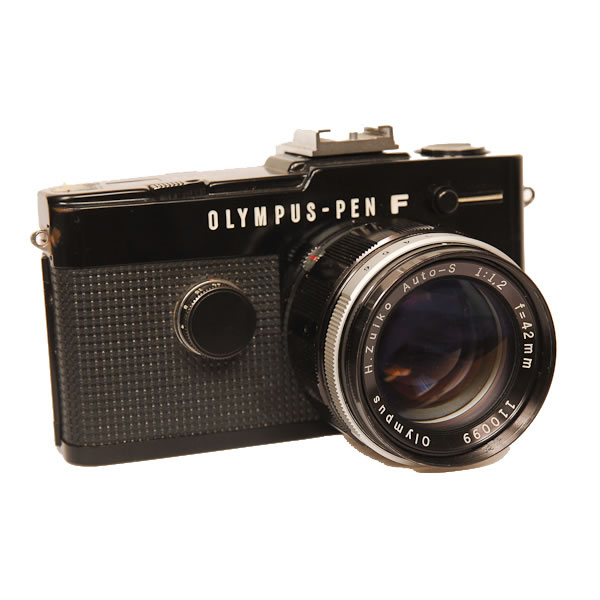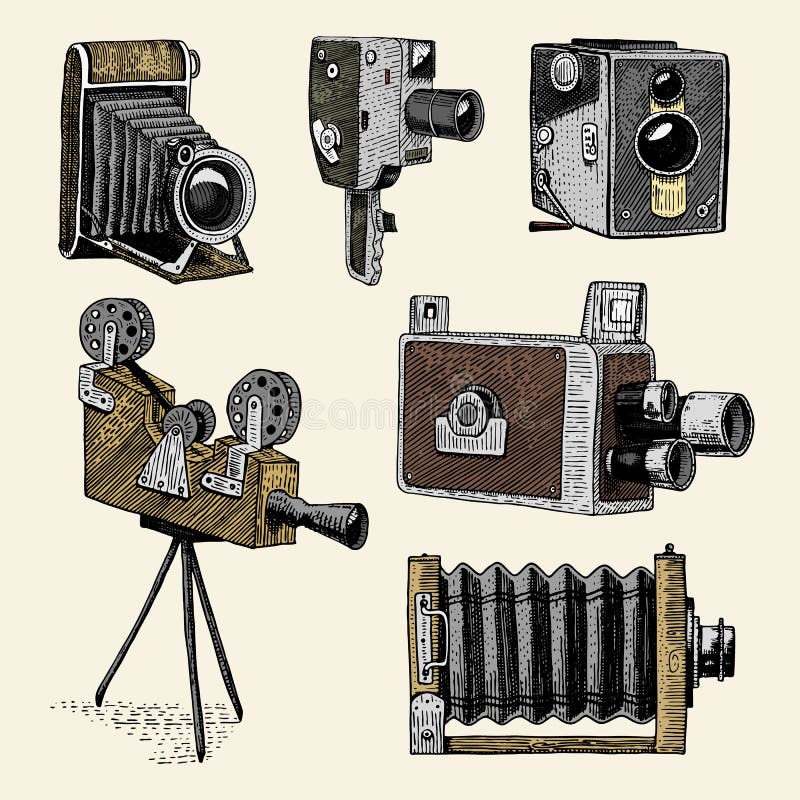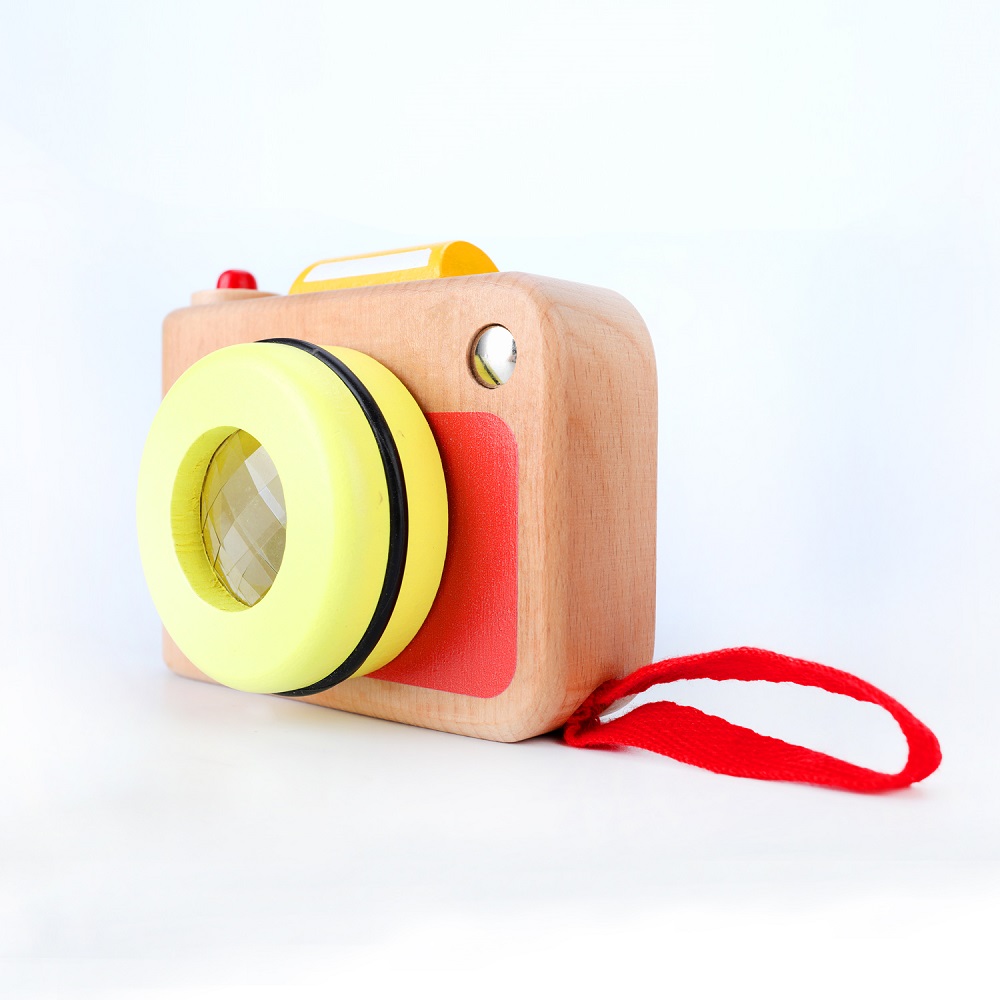Who invented the first camera? The invention of the camera stands as a pivotal moment in the evolution of art and science, fundamentally transforming how we perceive and create visual representations. Prior to the development of the camera, artists relied solely on their observational skills and imagination to depict the world around them. The camera, however, introduced a new dimension to art, allowing for more precise documentation of reality and enabling artists to explore new techniques and ideas. Who invented the first camera? This article traces the history of the camera’s invention, highlights key figures in its development, and discusses its profound impact on the world of art.
Early Experiments and the Birth of Photography
The Concept of the Camera Obscura
Who invented the first camera? Long before the modern camera existed, the concept of the camera obscura emerged in ancient civilizations. The camera obscura, which means “dark chamber” in Latin, worked by projecting an external scene onto the interior of a darkened room. A small hole or lens allowed light to enter, creating an inverted image of the outside. Philosophers and scientists like Aristotle and Alhazen studied and wrote about this phenomenon, laying the groundwork for understanding optics.
During the Renaissance, the camera obscura became a valuable tool for artists. They utilized it to accurately capture perspective in their work by tracing the projected images. This technique enabled artists to develop a keen understanding of light, shadow, and composition. While the camera obscura was instrumental in the evolution of visual representation, it lacked the ability to produce permanent images, which was a significant limitation for artists.

The Invention of the First Permanent Photograph
Joseph Nicéphore Niépce and the Birth of Photography
Who invented the first camera? The quest to create a permanent photographic image culminated in the early 19th century with the work of Joseph Nicéphore Niépce, a French inventor. In 1826 or 1827, Niépce successfully captured the first permanent photograph, titled “View from the Window at Le Gras.” This groundbreaking image was recorded using a process called heliography, which involved coating a pewter plate with a light-sensitive substance called bitumen of Judea. After exposing the plate in the camera obscura for about eight hours, he developed the image using lavender oil, resulting in a blurry but historic photograph.
Niépce’s achievement marked a significant turning point in the history of art and visual representation. It represented the first time a moment could be captured and preserved for observation, allowing artists and individuals to explore the world in completely new ways. Unfortunately, the process Niépce used was cumbersome and not suitable for widespread use, which led him to partner with Louis Daguerre.
Louis Daguerre and the Daguerreotype
Niépce and Daguerre worked together until Niépce’s death in 1833. Daguerre continued to develop the photography process and, in 1839, introduced the daguerreotype. This new method drastically reduced exposure time to around 20 to 30 minutes and produced sharper images. The daguerreotype received widespread acclaim, becoming the first commercially successful photographic process.
Daguerre’s invention revolutionized photographic art and accessibility. The daguerreotype process opened avenues for portraiture and documentary photography, appealing to a broader audience beyond traditional artists. This innovation allowed people to capture their likenesses and significant moments in time—offering a glimpse into a world previously reserved for painters and illustrators.
Photography as an Art Form
The Acceptance of Photography in Artistic Circles
As photography evolved through innovations by figures like Daguerre, others began to recognize its potential as an art form rather than merely a scientific invention. By the late 19th century, photography had gained acceptance among artists and educators as a legitimate medium for creative expression.
Photographers like Julia Margaret Cameron and Alfred Stieglitz played crucial roles in establishing photography’s reputability. Cameron, known for her soft-focus portraits, emphasized the artistic qualities of the medium. Stieglitz, on the other hand, founded the Photo-Secession movement, promoting photography’s artistic value and juxtaposing it with traditional art forms.
The establishment of photography as an art form allowed artists to explore new narratives and ideas, challenging traditional conventions and expanding their palettes. They realized photography could capture not only visual accuracy but also emotions, stories, and abstract concepts, similar to painting and sculpture.
Influence on Artistic Movements
The rise of photography also influenced significant art movements in the late 19th and early 20th centuries. The Impressionist movement, for instance, captured fleeting moments and sensations, echoing the immediacy and spontaneity found in photography. Artists like Claude Monet and Pierre-Auguste Renoir experimented with light and color in ways that paralleled the photographic technique of capturing moments.
Moreover, movements like Surrealism found inspiration in photography. Artists like Man Ray and Salvador Dalí experimented with techniques like double exposure, photomontage, and other photographic effects to challenge perceptions of reality and explore the subconscious.

Technological Advancements in Photography
The Development of Roll Film
Who invented the first camera? The transition from glass plates to roll film marked another turning point in photography. In the late 19th century, George Eastman introduced the Kodak camera, which utilized flexible roll film. This innovation made photography accessible to amateur photographers and everyday individuals, as they no longer had to operate complex equipment.
The Kodak camera was straightforward to use, designed for people with little to no photographic knowledge. The tagline “You press the button, we do the rest” encapsulated the ease of use. This democratization of photography allowed countless individuals to document everyday life, family events, and vacations, fostering a culture of visual storytelling.
The Impact of Digital Photography
The advent of digital photography in the late 20th century further transformed the landscape of art and photography. Digital cameras eliminated the need for film, enabling instant previews and easy editing. This revolution changed how photographers approached their work, providing greater flexibility and creativity without the limitations of film.
Digital technology also led to the rise of social media platforms where images could be shared almost instantly, resulting in a new generation of visual artists who gained recognition online. As photography became more widespread, it impacted not only personal expression but also journalism, advertising, and art curation.
The Modern Era of Photography
Photography in Contemporary Art
Today, photography has cemented itself as a significant art form within the contemporary art world. Artists experiment with various genres, styles, and techniques in photography, pushing the boundaries of how images are created and perceived. Installations often incorporate photography to provoke thought or convey complex narratives that might be challenging to express in other mediums.
The rise of conceptual photography has also influenced modern art. Artists like Cindy Sherman and Gregory Crewdson utilize staged photography to explore identity, societal issues, and narratives, blurring the line between reality and fiction. Photographs are now integral to modern art exhibitions, enhancing traditional artistic practices with innovative, narrative-driven approaches.
The Role of Technology and Social Media
Modern technology, including smartphones and advanced editing software, has made photography more accessible and has led to an explosion of creative expression. Social media platforms like Instagram have become crucial for photographers to showcase their work, gaining followers and building communities. The instant nature of social media allows for immediate feedback and interaction between artists and their audiences, thus fostering a dynamic exchange of ideas.
This proliferation of visual content has influenced not only individual creative practices but also broader cultural trends, making visual literacy more critical than ever. Audiences have become more discerning consumers of images, prompting artists to think critically about how they convey messages visually.

The Cultural Impact of Photography
Shaping Public Perception
Photography plays a significant role in shaping public perception and culture. In its early days, photography documented historical events and everyday life, influencing how citizens viewed their world. Iconic images, such as the devastation of war or social movements, have the power to provoke empathy, instigate change, and contribute to collective memory.
For instance, the work of photojournalists during the Great Depression captured the harsh realities faced by countless families, influencing public opinion and prompting government intervention. Similarly, civil rights photography from the 1960s resonated strongly with the public, illuminating struggles and inspiring action.
Bridging Diverse Communities
Photography serves as a bridge between different communities, fostering understanding through shared visuals. Artists from various backgrounds use photography to express cultural narratives, challenge stereotypes, and celebrate diversity. This inclusivity enhances the role of photography as a tool for social commentary and engagement, encouraging discourse around crucial issues.
Exhibitions featuring work from underrepresented communities create platforms for voices often marginalized in traditional art forms. Photography, with its universal language, can unite individuals across cultures and encourage dialogues that promote awareness and understanding.
The Future of Photography in Art
Emerging Trends and Techniques
As technology continues to evolve, so does photography. The integration of artificial intelligence, augmented reality, and virtual reality is beginning to reshape how we create and experience photographic art. For example, AI-generated art and deepfake technology open new avenues for exploration but also raise questions about authenticity and ownership.
Artists are increasingly experimenting with mixed media, combining photography with traditional art forms such as painting, sculpture, or digital techniques. This blending of mediums reflects contemporary society’s multifaceted nature and the myriad ways to communicate ideas visually.
Embracing New Platforms
The future of photography will likely be defined by new platforms for sharing and engaging with images. As the digital landscape evolves, photographers will need to adapt to new ways of presenting their work and connecting with audiences. Interactive and immersive experiences will become more prevalent, challenging audiences’ expectations of traditional photographic presentations.
This new environment will encourage artists to innovate continually, pushing the boundaries of the medium while responding to technological advancements and cultural shifts. The dialogue surrounding photography and art remains vibrant and dynamic, showcasing the importance of adaptability in a rapidly changing world.
Conclusion
Who invented the first camera? The invention of the camera marked a revolutionary turning point in art and society. From Joseph Nicéphore Niépce’s pioneering work to today’s digital advancements, photography has transformed how we capture and perceive reality. It has established itself not only as a tool for documentation but also as a legitimate and respected art form.
With its power to shape public perception, bridge communities, and innovate artistic practices, photography continues to evolve, promising exciting possibilities for future generations. Understanding its history and significance provides valuable insight into how we engage with images today and can enrich our appreciation for photography’s role in culture and artistic expression. Over time, the camera has shaped the visual world in endless ways, forging connections and expressing the human experience through the lens.
